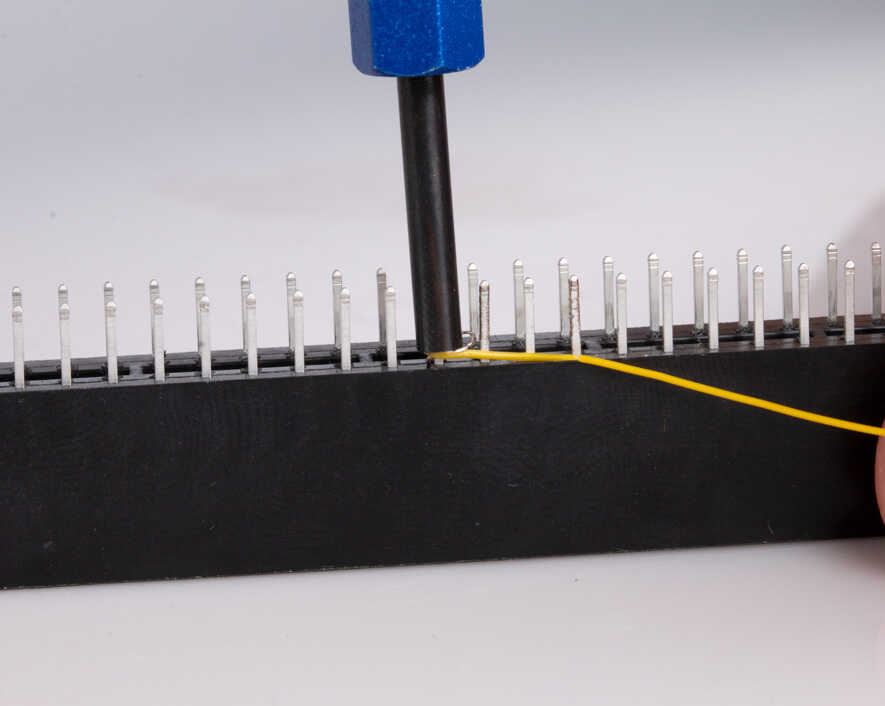

Hit the "Edit" buttong to pop up the UVW window. Once you're done, you can verify the automatic UV maping of your mesh in the modifier list. If your final render looks low-quality-ish, make sure your GI, FG and other indirect illumination parameters are properly configured in Max's renderer setup window. This step can take up a lot of time depending on your quality settings, mesh density and scene complexity.

If you want to quickly test out your automatic unwrapping parameters, you can hit "Unwrap Only" to apply the unwrapping algorithm to your mesh and see how it behaves without rendering all your textures, saving up time. Once your done, simply hit the "Render" button at the bottom of the RTT dialog. I suggest trying with values between 0.002 and 0.01. This step is really important, because a small spacing will result in texture bleeding upon rendering, while a spacing too big will just waste UV space, decreasing details and quality. This will optimize your mapping, saving up precious UV space.Īfter that, take some time to properly set up the unwrap spacing. When using automatic UV unwrapping, make sure "Rotate Clusters" and "Fill Holes" are checked. Configuring elementsĭon't forget to select your desired texture size and parameters for each of your texture elements. For more flexibility in your rendering shader, I'd suggest splitting AO, color and shadows into separate textures if you can afford the computationnal and memory costs. Note that CompleteMap is the most cost-efficient technique since it's packing all shadows, AO and lighting into a single texture, usable directly inside a diffuse component. The most common ones being Complete, Shadows, Lighting and Ambient Occlusion maps. Next step is to select which kind of lighting you want to bake inside a texture. Skip this step when working with manually mapped UVs. Make sure padding is set to 0, otherwise some space will be left around the clusters, eating up valuable texture space/resolution.

Not that you can render and unwrap multiple objects at one. Make sure you're object/mesh is selected in Max, so that it should appear in the Objects table int the RTT window.

Setting up textures' output directoryįirst step is to select a directory where your baked textures will be output by clicking the little "." browse icon at the top. Then open the RenderToTexture setup window unsing the corresponding entry in the "Rendering" top menu. Also, note that checking "2-sided" is important if you're going to bake Ambient Occlusion on a mesh with overlapping geometry. I'm suggesting a simple Blinn or Phong material. Max's RenderToTexture function requires you to use a Standard Material. If you already have some UV mapping done manually, skip this step. This step is crucial for automatic UV mapping. Setting up your meshįirst of all, make sure your mesh is in "Editable Poly" mode, then attach any related geometry so that your mesh lies within a single object. See this tutorial for a quick catch-up on indirect illumination with Mental Ray.
Table tool unwrap how to#
This tutorial assumes you're familiar with the basic tools available in Max, including how to setup your scene with lights and skydomes, as well as setting up Global Illumination and Ambient Occlusion rendering.


 0 kommentar(er)
0 kommentar(er)
